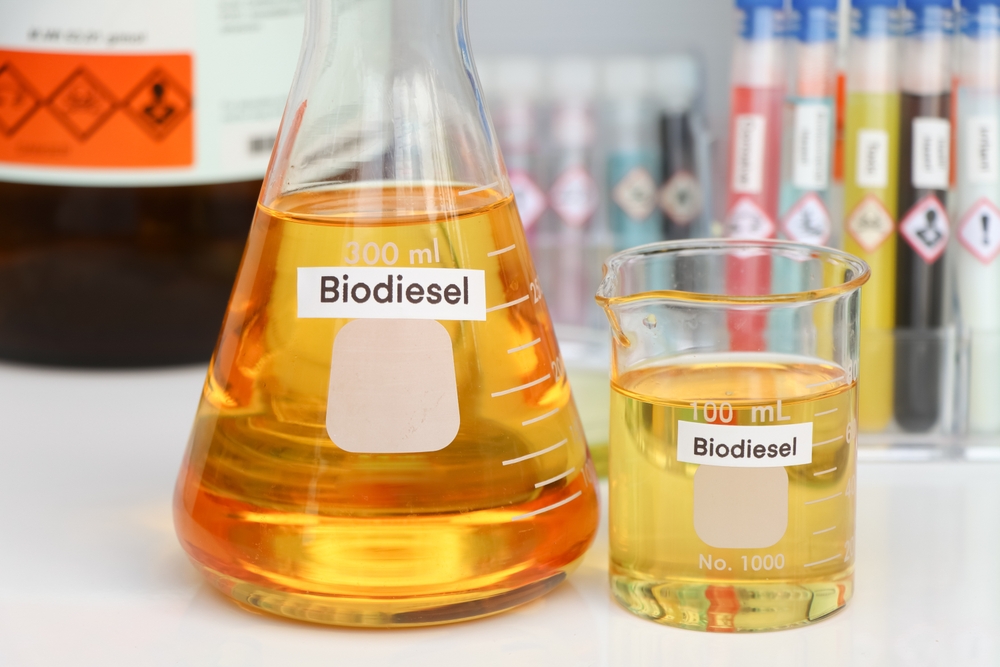Inspenet, April 16, 2023
International scientists led by Australia’s RMIT University have developed a powerful and low-cost method to recycle and convert used cooking oil and agricultural waste into biodiesel.
The method, described in a study published in Nature Catalysis, takes advantage of a new type of ultra-efficient catalyst that can produce low-carbon biodiesel and other valuable complex molecules from various impure feedstocks.
In the methods used so far, used cooking oil has to go through an energy-intensive cleaning process before being used for biodiesel production, because commercial production methods can only handle pure raw materials with 1-2 % of contaminants.

The new catalyst developed by the researchers is so strong that it can produce biodiesel from low-quality ingredients, known as feedstocks, which contain up to 50% contaminants.
It is so efficient, scientists say, that it could double the productivity of manufacturing processes to transform waste such as food scraps, microplastics and old tires into high-value chemical precursors used to make everything from medicines and fertilizers to biodegradable packaging. .
To make the new ultra-efficient catalyst, the team fabricated a micron-sized ceramic sponge (100 times thinner than a human hair) that is highly porous and contains different specialized active components. Molecules initially enter the sponge through large pores, where they undergo a first chemical reaction, and then move into smaller pores where they undergo a second reaction.
It is the first time a multifunctional catalyst has been developed that can perform several chemical reactions in sequence within a single catalyst particle, and could be a game changer for the $34 billion global catalyst market.
Spongy catalysts are inexpensive to make, use no precious metals, and producing low-carbon biodiesel from agricultural waste with these catalysts requires little more than a large container, some gentle heating, and agitation.
While the new catalysts can be used immediately for biodiesel production, with further development they could easily be adapted to make jet fuel from farm and forestry waste, old tires and even algae.
Photos : Shutter Stock
Don’t miss the Inspenet News at: https://inspenet.com/inspenet-tv/

